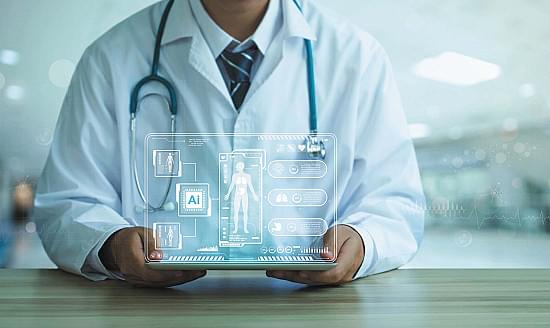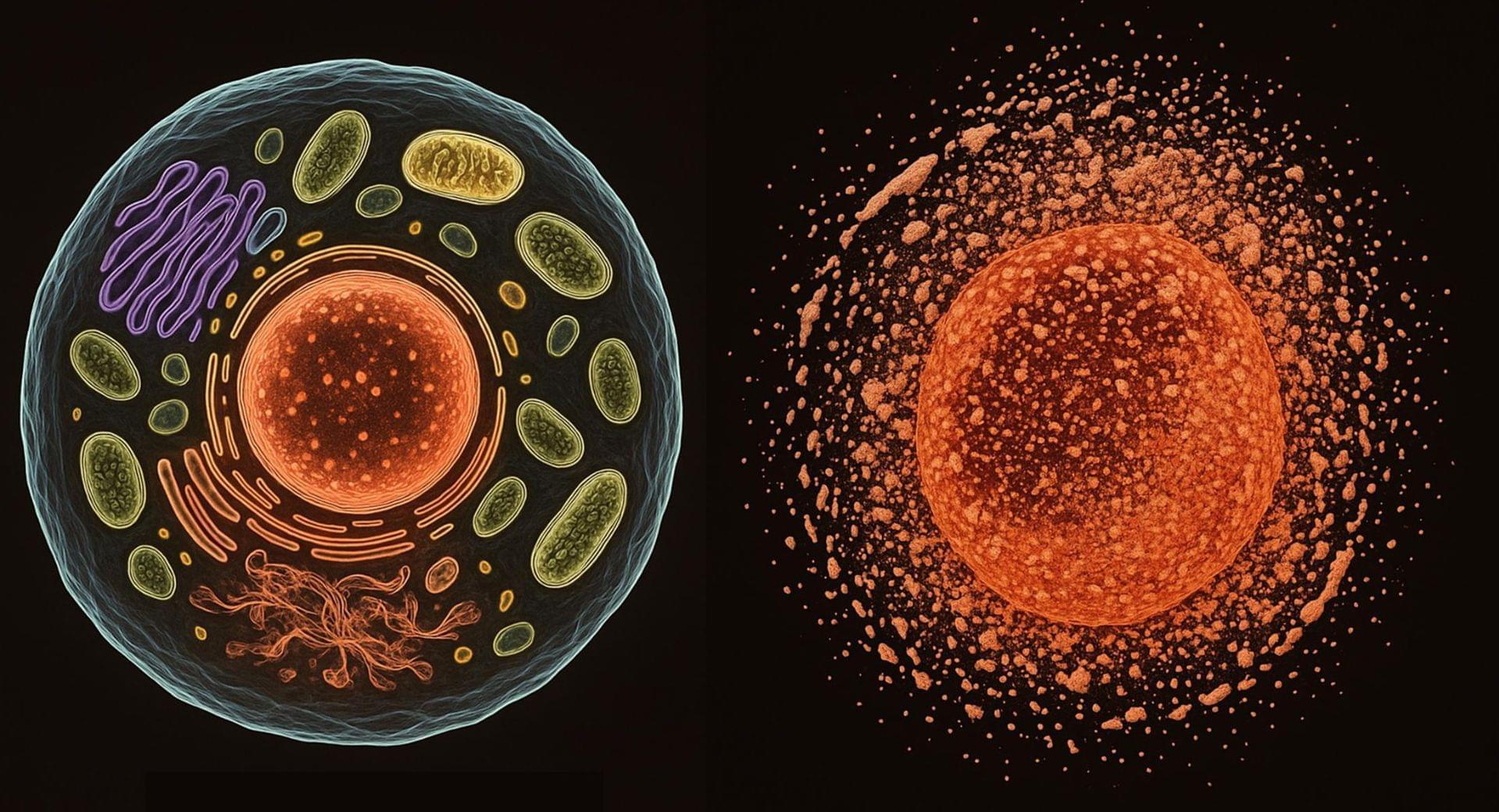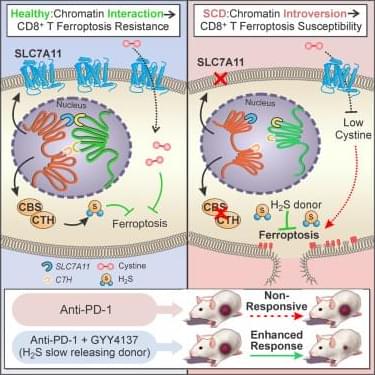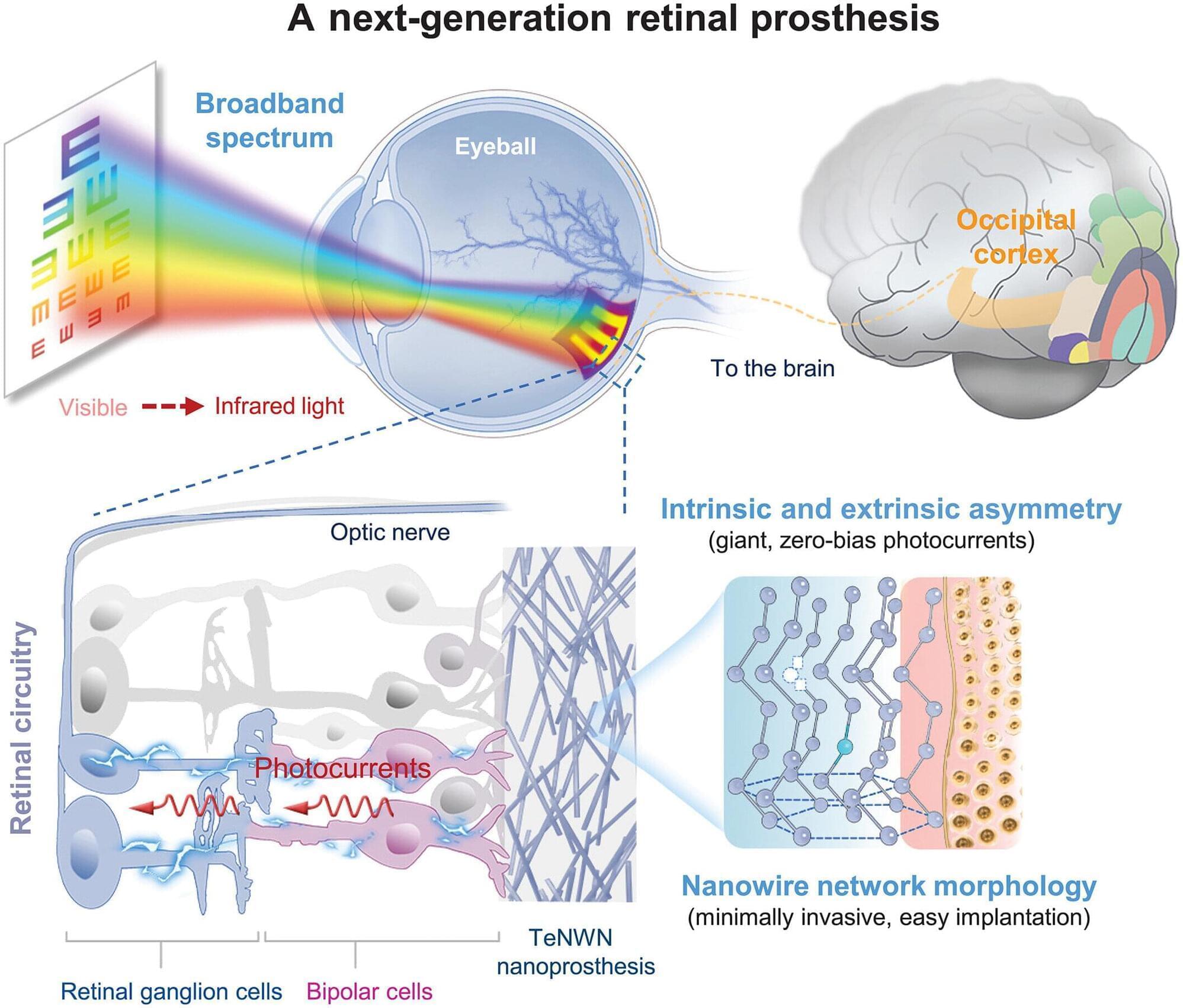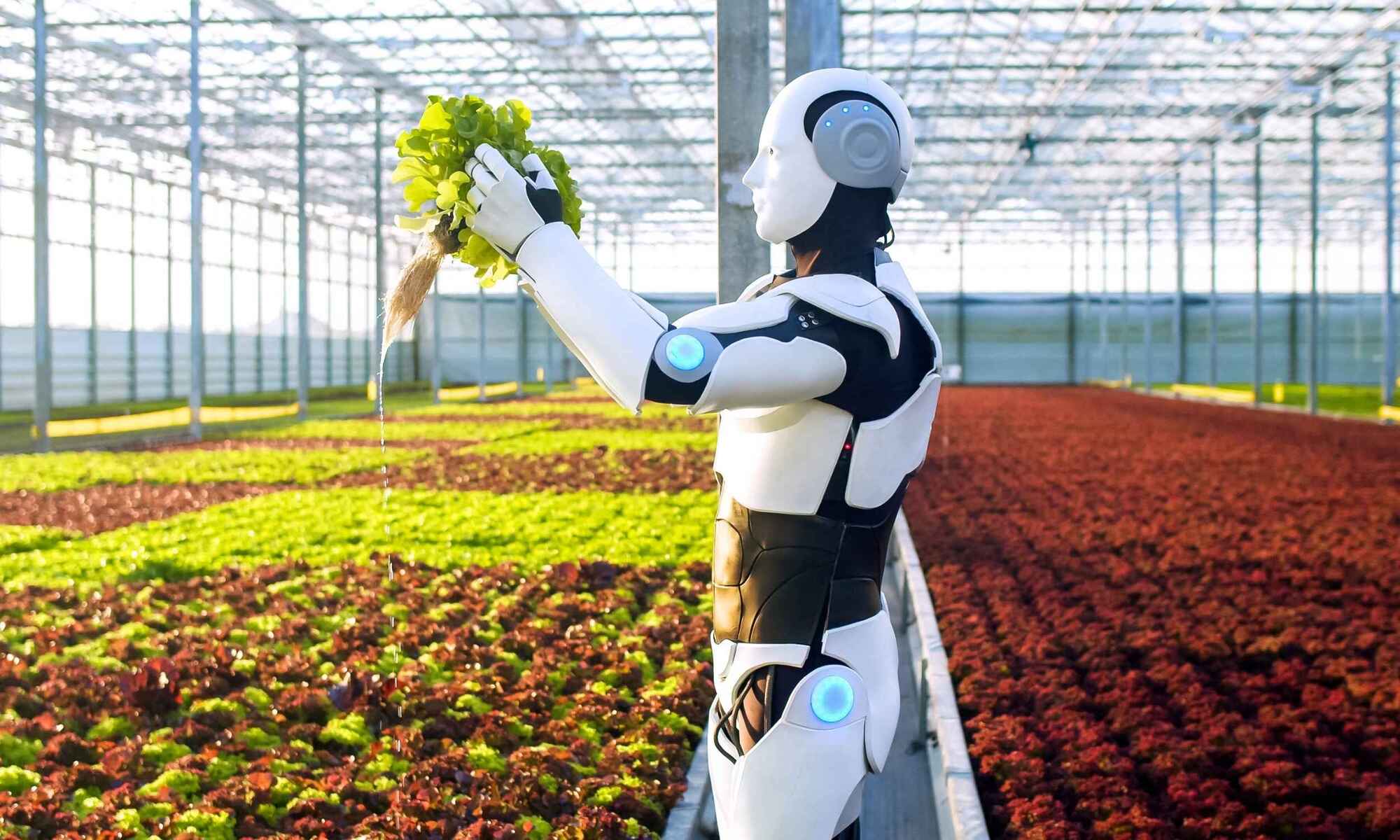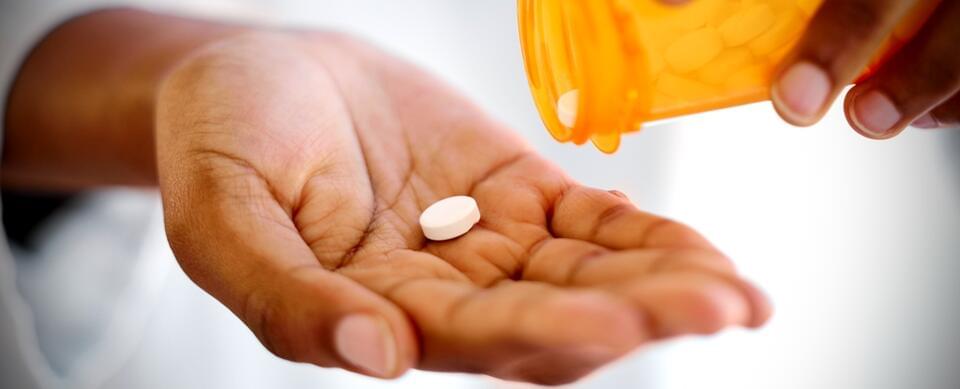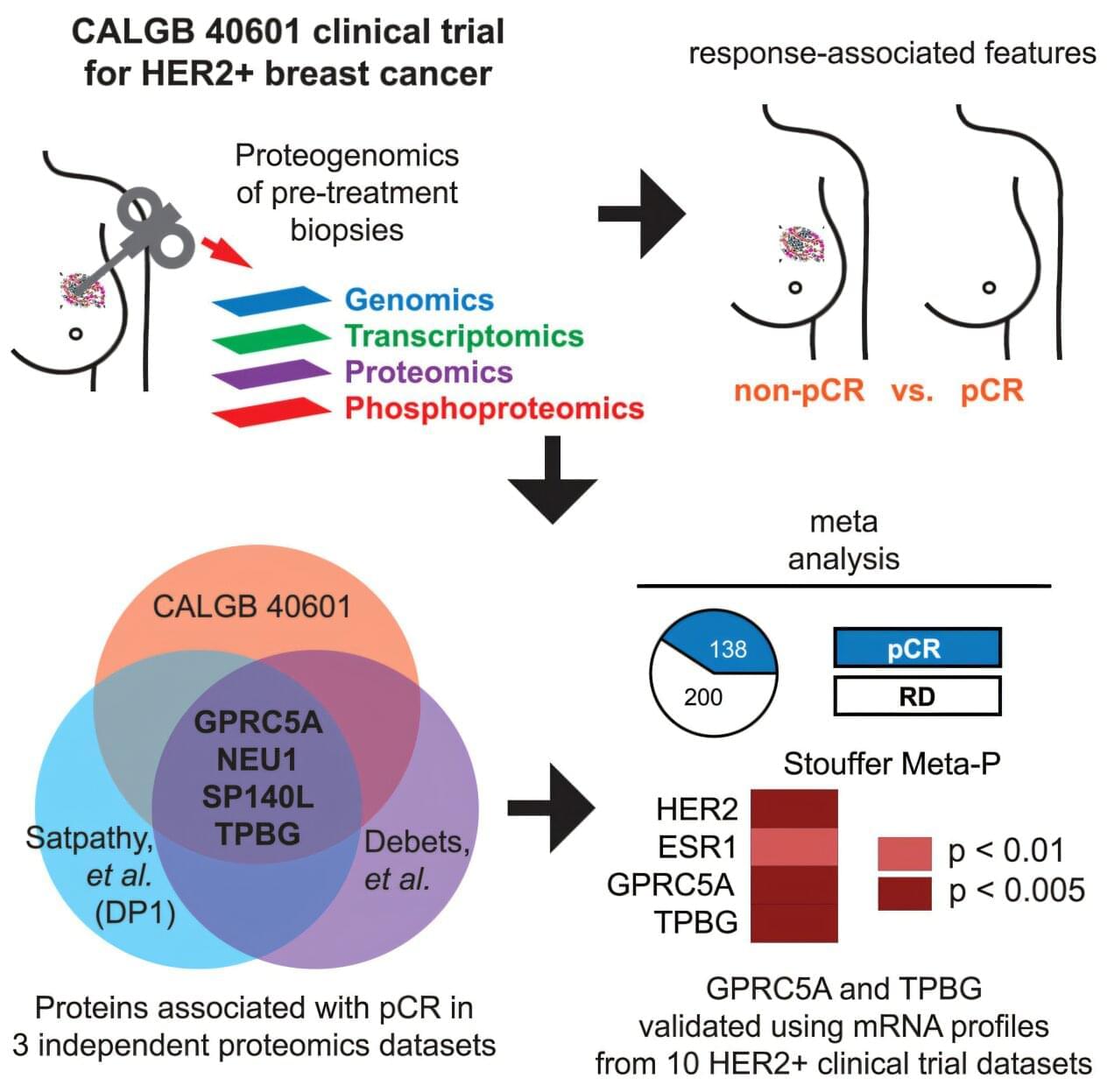In this TEDx talk, Dante Muratore shows the transformative potential of brain-computer interfaces. He explains how they can be used to help patients suffering from neurodegenerative diseases, focusing on an artificial retina he and his team are developing to cure blindness in patients with macular degeneration and retinitis pigmentosa. He also describes how brain-computer interfaces will change what it means to be human in the future and challenges us to think deeply about the use we want to make of this technology in society.
Professor of Bioelectronics at Delft University of Technology, where he leads the Smart Brain Interfaces group. His research group explores hardware and system solutions for brain-computer interfaces capable of interacting with the nervous system. The group is working, in collaboration with leading universities in the field, on a microchip to be implanted in the retina to improve the lives of people affected by retinitis pigmentosa and degenerative maculopathy.
This talk was given at a TEDx event using the TED conference format but independently organized by a local community.
